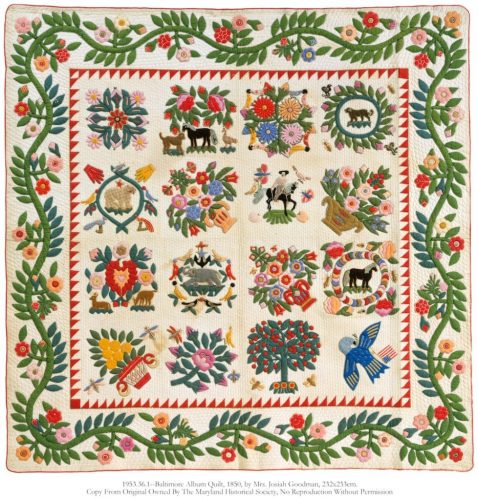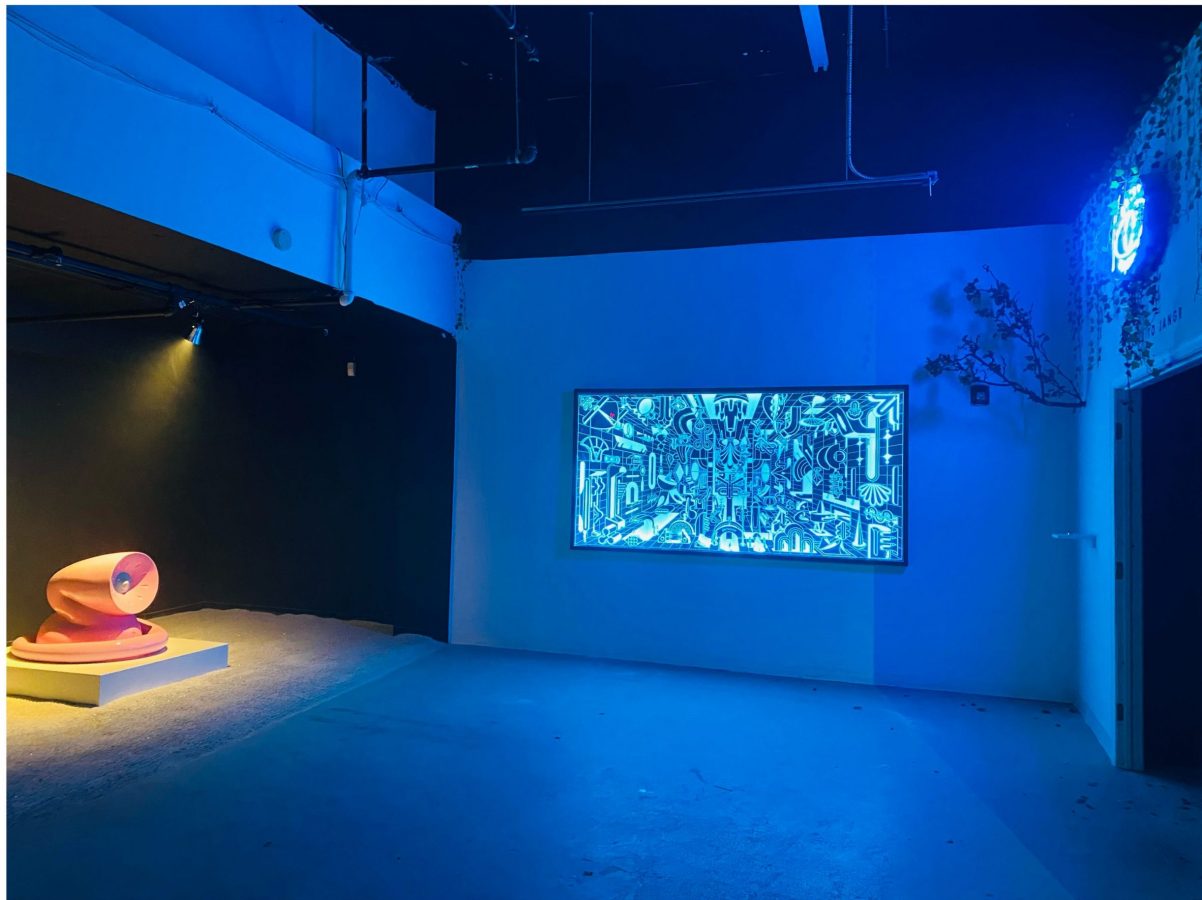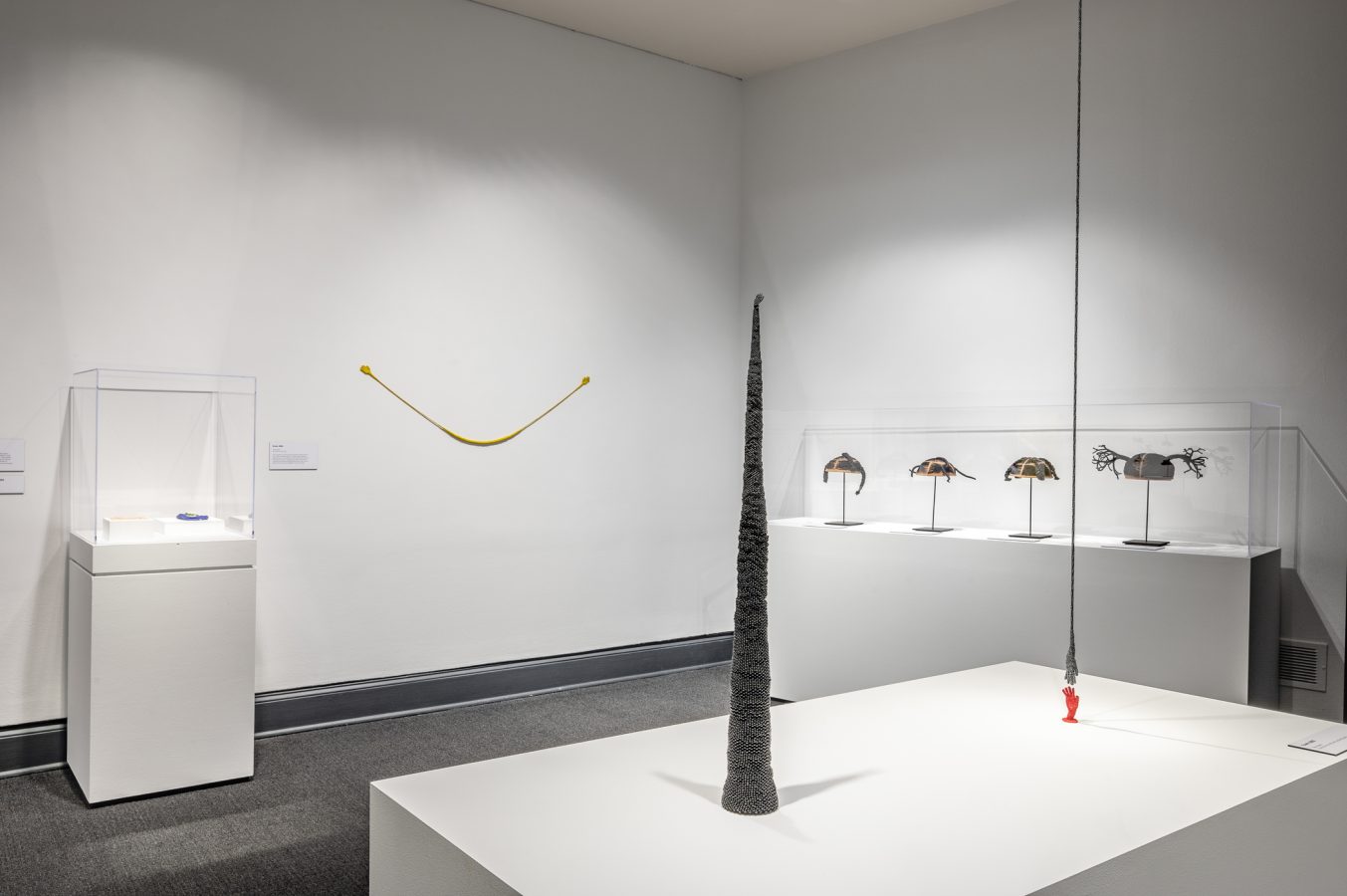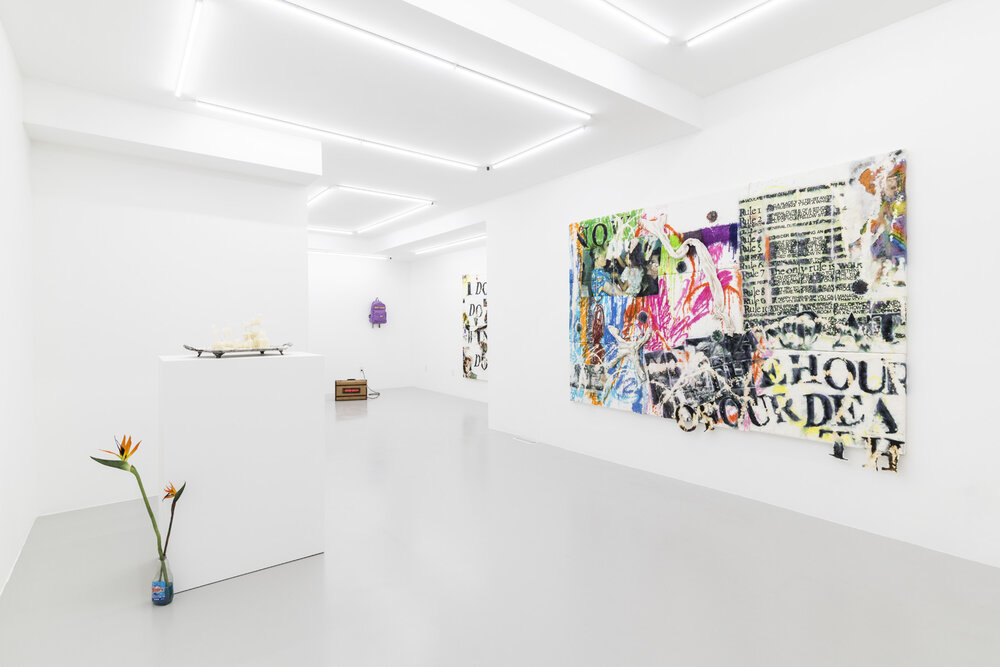We have survived another year of the pandemic and the arts continue to provide sustenance, connection, camaraderie, and economic stimulation. The cultural landscape is constantly in flux, with artist-run spaces closing like Resort and Area 405 (in the process of being sold), and ICA Baltimore planning a move to a new location. College galleries throughout the region, especially at Notre Dame of Maryland, Loyola, Goucher, UMBC, and MICA, stepped up their game this year, mounting ambitious exhibitions and juried opportunities for regional artists. This year we were encouraged to see the Baltimore Museum of Art collect more work by the artists of our place and time, exhibiting and supporting them with the resources necessary to accomplish ambitious goals, and the Walters hosting a giant retrospective of Baltimore-based modernist jeweler Betty Cooke.
In 2021, nonprofit spaces like MAP, Creative Alliance, and The Peale/Carroll Mansion, have assumed an even greater role in building community and creating professional exhibition opportunities. School 33’s galleries, previously a robust and vital exhibition space managed by BOPA, have lain dormant for almost two years, although artists continue to create work in their onsite studios and BOPA recently announced upcoming exhibits at the Bromo Seltzer Tower galleries and Top of the World in the Inner Harbor.
The Sondheim Prize exhibition returned in 2021, hosted at The Walters, and it was a treat to experience some of the best contemporary art of the region in person. We look forward to the resuscitation of Artscape in 2022, the possibility of a new Baltimore-based print fair, and The Last Resort, a residency founded by Derrick Adams to bring Black creatives to Baltimore, as well as the contributions of local independent curators like Thomas James, Liz Faust, Joy Davis, Sharayna Christmas, and Alex Ebstein.
Even under the best circumstances, Baltimore can be a humbling place to live and work as an artist, but our sense of shared community purpose and creative potential keeps us going. As always, we hope next year will be better, that the mistakes we made in 2021 have made us wiser, and that continued discussions around diversity, equity, inclusion, and accessibility will create more accountability for our institutions and more necessary resources for those doing the work.
— Cara Ober
Ten Best Exhibits of 2021:
This year the BmoreArt team strove to cover as many exhibitions as we could, so our 2021 Top Ten List reflects our ability to travel and to budget our resources to review an overabundance of excellent projects and shows. We are pleased to present these ten exhibits, some from museums and others from galleries, with eight located in Baltimore and two based in Washington, DC.
















